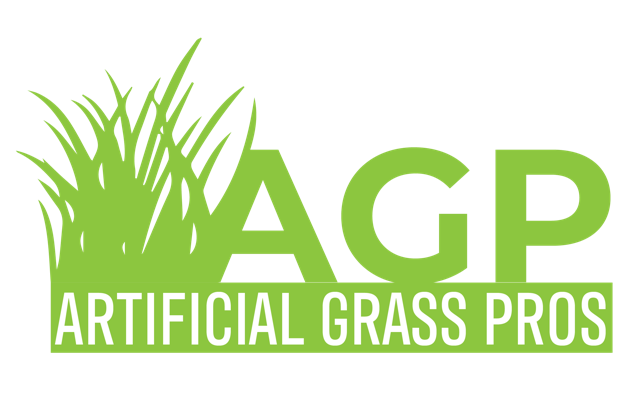The seeds of Turf Grass develop from a crown-like structure that forms in the late spring or early summer. The endosperm (food for the plant) and embryo begin to form inside. These are surrounded by the pericarp (ovary wall) and the leaves, the lemma and palea. Those that are not mowed form the seed head. While they are not used to produce food for the plant, these seeds will provide the plant with a source of food in the form of roots and shoots.
The installation of artificial turf grass can be classified according to its growing climate. For example, warm-season turf grasses grow best in southern states while cool-season grasses thrive in temperate regions. The difference between these two types of turf grasses lies in the climate, so choosing a grass for your region is critical. Bermuda grass, for example, is a hot-weather grass with dense blades. Buffalo grass, on the other hand, has thin, blue-green turf and is not suitable for high-traffic areas.
A new turf lawn in the Sunshine State of Florida, in Windermere, Orlando can enhance curb appeal. Potential buyers look for curb appeal. If your lawn is not already well-maintained, investing in turf is a wise move. It will also reduce the amount of pollen produced by weedy species. These plants produce significant amounts of airborne pollen. Dense turf can also trap dust and other airborne allergens. In other words, your property will look more appealing if you invest in a new turf lawn.
The amount of water that turfgrass absorbs from soil is dependent on its root structure and the depth of its rooting. The amount of water absorbed by the roots is greatest near the soil surface. As the surface water is exhausted, roots take up deeper soil water. If there is ample water in deeper soils, the root system can benefit greatly from the deeper water. In addition to water, the other factors that influence root growth include pH, fertilization practices, salt concentration, and the presence of insects and diseases.
For best results, irrigation is required every other day for the first two weeks. Once the turf grows, you can use recycled water to water the grass. This water is known as graywater. In addition, you can apply organic fertilizers to the turf to keep it lush and green. It is a good idea to irrigate turf areas regularly. If you don’t have irrigation, consider installing a rainwater catchment tank.
Adding turf to your lawn will improve its aesthetic appeal. The grasses used in lawns are known to be environmentally beneficial to the landscape. They help preserve soil and reduce dust, as well as reduce heat irradiation. Additionally, they provide a cushion for recreational activities. So, if you’re looking for a perfect lawn, start planning today. And remember that lawns are a necessary part of the landscape!
Cool season grasses grow best in temperatures 65 to 75 degrees Fahrenheit. They grow at their peak in early spring or early fall. In regions with cold winters and hot summers, cool season grasses are an excellent choice. Cool season grasses are generally hardy, meaning they will remain green even in periods of freezing temperatures. Thatch can be eliminated, which means you can use less fertilizer and water. Look into our other blogs for more!

Recent Comments